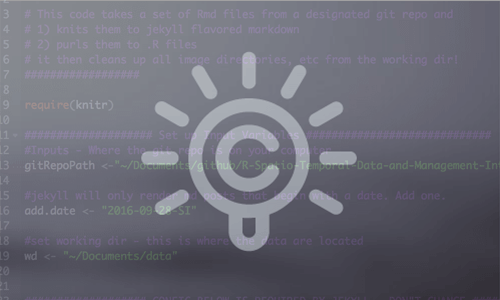Introduction to the netcdf 4 File Format in Python
This teaching module is a part of the intermediate-earth-data-science-textbook course. Last taught: 16 Oct 2020
Learn how to work with MACA v2 climate data stored in netcdf 4 format using open source Python and the xarray package. read more. Last updated: 12 Nov 2020

